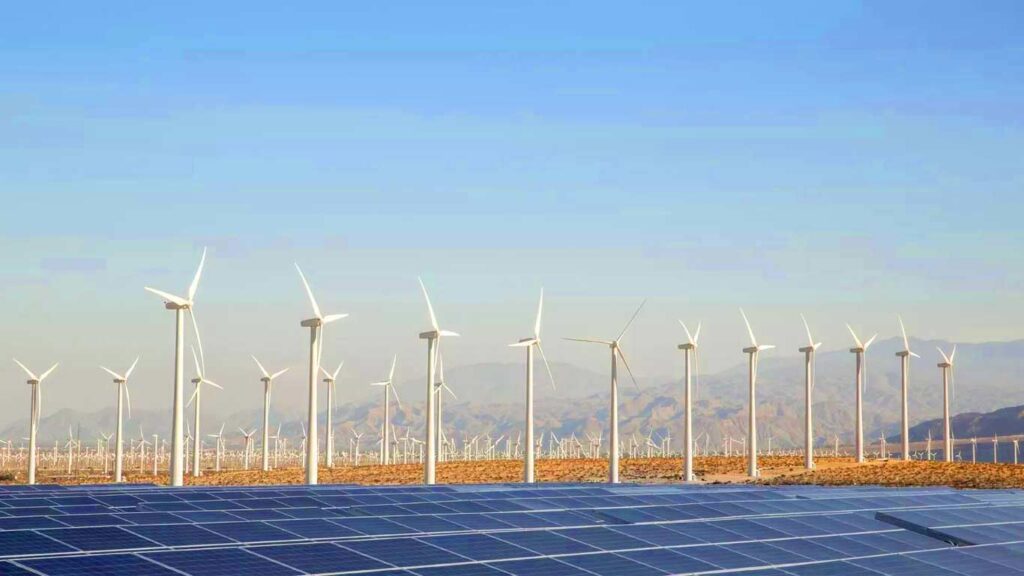New Delhi, Apr 8 (KNN) India has surpassed Germany to become the world’s third-largest generator of electricity from solar and wind power sources in 2024, according to a new report by global energy think-tank Ember.
The country now generates 10 percent of its electricity from wind and solar sources, contributing to the global milestone where low-carbon sources provided 40.9 percent of the world’s electricity generation for the first time since the 1940s.
Clean energy sources account for 22 percent of India’s electricity generation, with hydropower being the largest contributor at 8 percent.
The country’s wind and solar generation has shown remarkable growth, nearly doubling over the past five years. Despite this progress, India’s clean generation remains below the global average, indicating significant potential for further expansion.
Solar power continues to drive the global energy transition, with Phil MacDonald, Managing Director of Ember, describing it as ‘an unstoppable force’ when paired with battery storage.
Globally, renewables added a record 858 TWh in 2024, with solar being the largest source of new power for the third consecutive year, contributing 474 TWh.
Solar generation worldwide doubled in three years to reach a 6.9 percent share in 2024, while India achieved a 7 percent share.
India added 24 GW of solar capacity in 2024, more than doubling its additions from 2023. This made India the third-largest country for solar capacity growth globally, after China and the United States.
The country also recorded the fourth-largest increase in solar generation globally during the year.
The report highlighted that heatwaves were a significant driver of global fossil fuel growth in 2024. From April to June 2024, India experienced severe heatwaves across the plains, causing electricity demand to rise by 10.4 percent compared to the same period in 2023.
Nearly a third of this increase was attributed to increased air conditioning usage due to higher temperatures.
Overall, India’s electricity demand grew by 5 percent in 2024, with clean generation meeting 33 percent of this increased demand, while coal satisfied the majority. This represents an improvement from 2023, when coal met 91 percent of the increase in demand.
Aditya Lolla, Programme Director-Asia, Ember, noted that Asia’s clean energy transition is accelerating, driven by record growth in solar and other renewables.
With electricity demand expected to continue rising across the region, a robust clean energy market will be crucial for the continued expansion of clean power, enhancing energy security and economic resilience.
Neshwin Rodrigues, Senior Energy Analyst, Ember, acknowledged India’s significant progress in adopting renewables but pointed out that the country now faces the key challenge of ensuring its clean generation grows rapidly enough to meet rising demand.
(KNN Bureau)
















